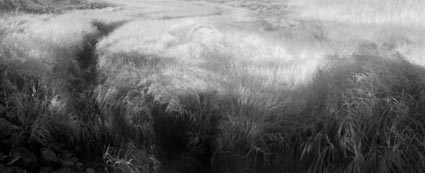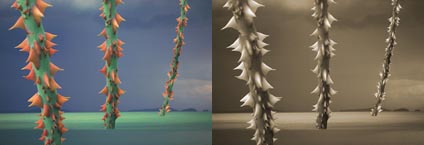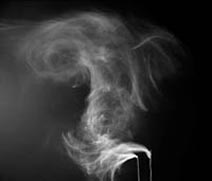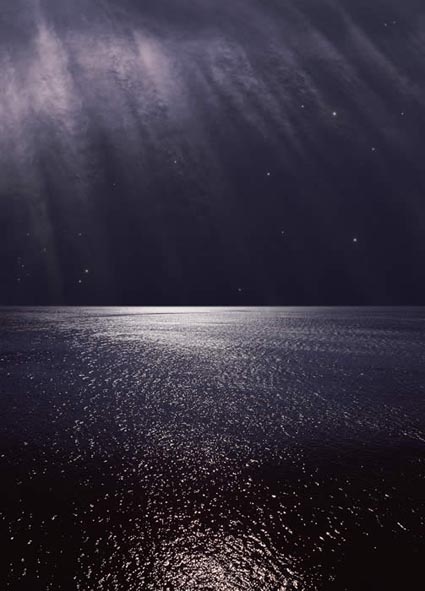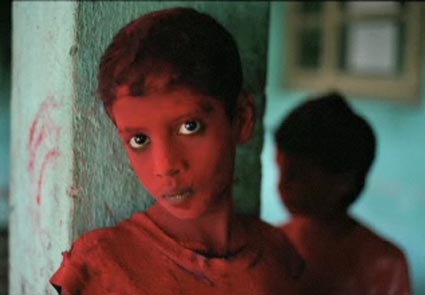Scanning Black & White Originals
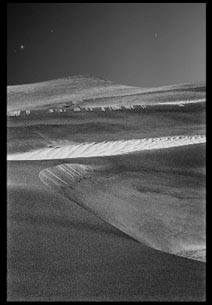
Here’s a simple formula for scanning black and white originals (film or prints). Scan in Grayscale (there’s no benefit to scanning in RGB), in 16 bit, and at the native resolution of a scanner (upsample in Photoshop only if needed, not during scanning). Make sure sharpening is turned off. Test a scanner’s lookup tables for negatives; if they clip shadow or highlight detail scan negatives as transparencies and invert in Photoshop.
Get my free download here.
Find out more about black and white in my DVD Black & White Mastery.
Find out more about black and white in my Workshop Black & White Mastery.
Special discounts are available until January.


